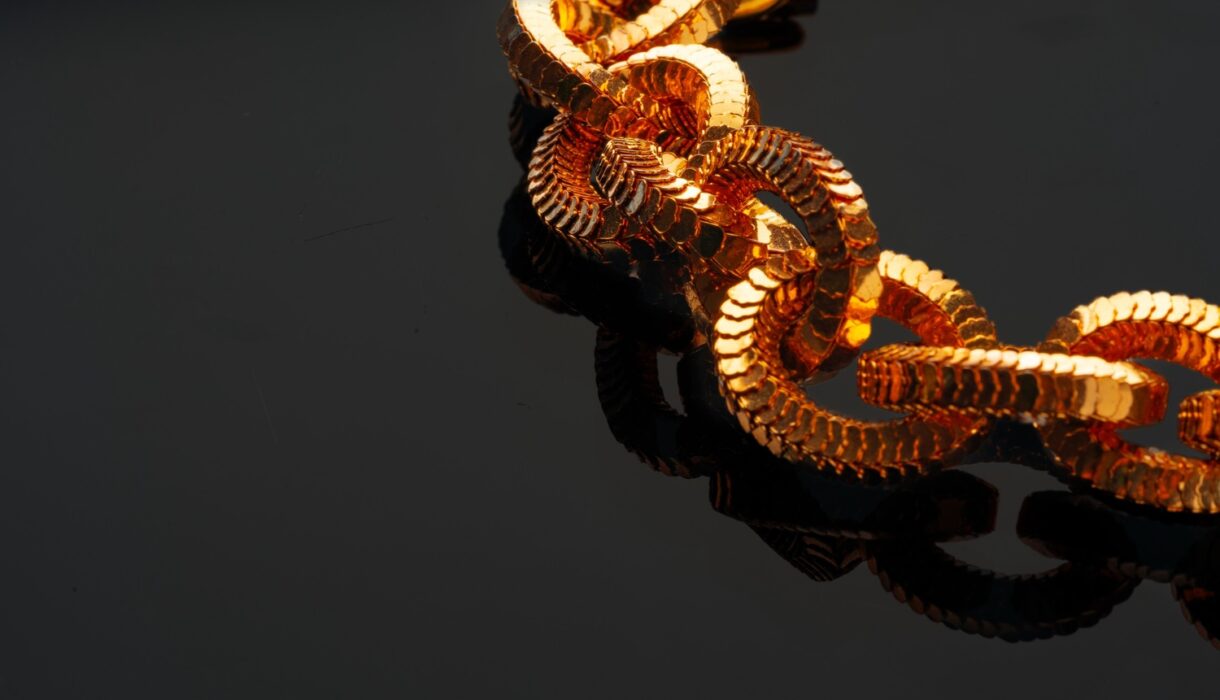
Protecting Your Jewelry: How to Avoid Common Damages and Wear
Posted in :
Jewelry is more than just a decorative accessory—it’s an investment in both beauty and sentiment. Whether it’s an heirloom passed down through generations, a treasured engagement ring, or a statement piece you’ve fallen in love with, your jewelry deserves to be protected. Unfortunately, over time, exposure to wear and tear can cause jewelry to lose its luster or even sustain permanent damage. Fortunately, there are steps you can take to protect your precious pieces from common damages and ensure they last for years to come.
1. Avoid Contact with Harsh Chemicals
One of the most common causes of jewelry damage is exposure to chemicals. Household cleaning products, perfumes, lotions, and even chlorine in swimming pools can tarnish, discolor, or weaken the integrity of metals and gemstones. For instance, silver jewelry can tarnish when exposed to harsh chemicals, while pearls and opals can be permanently damaged by even a small amount of moisture or chemicals.
To protect your jewelry:
- Remove it before using chemicals: Always take off your jewelry before cleaning, swimming, or applying any personal care products like hairspray, perfume, or lotion.
- Store separately: Keep your jewelry away from cleaning supplies or chemicals that could cause discoloration or weakening of the metal and stones.
2. Proper Storage to Avoid Scratches
Scratches are one of the most common forms of wear on jewelry, especially rings, bracelets, and watches that come into contact with hard surfaces regularly. Storing your jewelry improperly can lead to pieces rubbing against each other, causing unsightly scratches and even damaging delicate gemstones.
To avoid scratching:
- Use a jewelry box with compartments: Store each piece of jewelry separately in a soft compartment to prevent them from rubbing against each other.
- Soft cloth or pouches: For more delicate pieces, store them in cloth pouches or separate boxes lined with soft fabric to reduce friction.
- Avoid stacking: Avoid wearing multiple rings or bracelets on the same hand or wrist, as this can lead to unintentional scratching when they rub together.
3. Take Off Jewelry During Physical Activities
It’s tempting to wear your jewelry all the time, but certain activities can cause significant damage. Whether it’s working out at the gym, gardening, or doing household chores, these physical activities expose your jewelry to potential harm, including scratches, bending, or even stone loss.
Here’s how to protect your jewelry during physical activities:
- Remove jewelry during exercise: Take off rings, bracelets, watches, and necklaces before engaging in physical activities. This will prevent accidental damage caused by impacts or rough movements.
- Protect during outdoor work: If you’re gardening, cleaning, or involved in manual labor, take your jewelry off to prevent it from getting caught or damaged by rough surfaces.
4. Be Mindful of Water Exposure
Water can cause a lot of damage to certain types of jewelry, especially pieces that contain softer stones, pearls, or metals. Constant exposure to water, whether from washing dishes, showering, or swimming, can weaken the metal, cause gemstones to lose their luster, or even loosen the setting.
To protect your jewelry from water damage:
- Remove jewelry before washing hands or bathing: Water can weaken prongs or cause rusting in certain metals, so it’s best to remove jewelry before engaging in water-related activities.
- Avoid saltwater and chlorinated water: Saltwater can be particularly damaging to both metals and gemstones. Similarly, chlorine can cause discoloration in certain metals, especially gold and silver.
5. Check for Loose Stones and Settings
Loose stones or weakened settings are often the result of daily wear or accidental impacts. Over time, constant use can cause prongs to loosen, making gemstones more likely to fall out. This is particularly important to watch for in rings, necklaces, and bracelets that experience frequent contact with other surfaces.
To prevent losing a gemstone or damaging a setting:
- Inspect jewelry regularly: Take the time to check your jewelry for loose stones or settings. If you notice a loose stone or an unsteady setting, get it repaired immediately before it’s too late.
- Take pieces to a professional: If you’re unsure about the condition of your jewelry, have a professional jeweler inspect and maintain it periodically. This will help avoid costly repairs down the road.
6. Avoid Direct Sunlight for Certain Gemstones
While most gemstones can withstand regular exposure to light, some, such as amethyst, opal, and turquoise, can fade or become discolored when exposed to direct sunlight for long periods.
To protect sensitive gemstones:
- Store in a cool, dark place: Avoid leaving your jewelry in direct sunlight for extended periods. Store your pieces in a shaded drawer, box, or display case that keeps them out of bright light.
- Limit exposure to light: Be mindful of how much time you spend wearing gemstones that are sensitive to sunlight. If you notice any color change, consider rotating your pieces to minimize exposure.
7. Regular Cleaning and Maintenance
Even with the best care, jewelry naturally collects dirt, oils, and grime from daily wear. Over time, these contaminants can build up and cause dullness or discoloration. Regular cleaning is essential to keeping your jewelry looking its best and preventing buildup that could potentially damage it over time.
To clean your jewelry:
- Gentle cleaning routine: Clean your jewelry regularly using a soft cloth and mild soap solution. For more detailed cleaning, take it to a professional jeweler who can perform a deeper clean.
- Polishing: Regularly polish your jewelry to remove tarnish and maintain its shine. A jeweler can also polish your jewelry for a more thorough clean and restoration.
Maecenas iaculis pharetra nunc sit amet malesuada. Nulla facilisi. Fusce molestie at libero at ultricies. Suspendisse iaculis orci quam, at iaculis nisl dapibus eget. Quisque quis aliquet nisl, maximus viverra ligula. Sed erat elit, luctus id pulvinar quis, consectetur vitae ex
Djavaweb
Final Thoughts: Take Care, and Your Jewelry Will Last
Jewelry is more than just an accessory—it’s a precious investment that deserves protection. By following these simple tips for avoiding common damages, your pieces will maintain their beauty and longevity. Whether it’s protecting your jewelry from chemicals, avoiding scratches, or practicing proper storage, taking the time to care for your items will ensure they remain as dazzling as the day you first wore them.
Remember, a little prevention goes a long way when it comes to keeping your jewelry in pristine condition!

